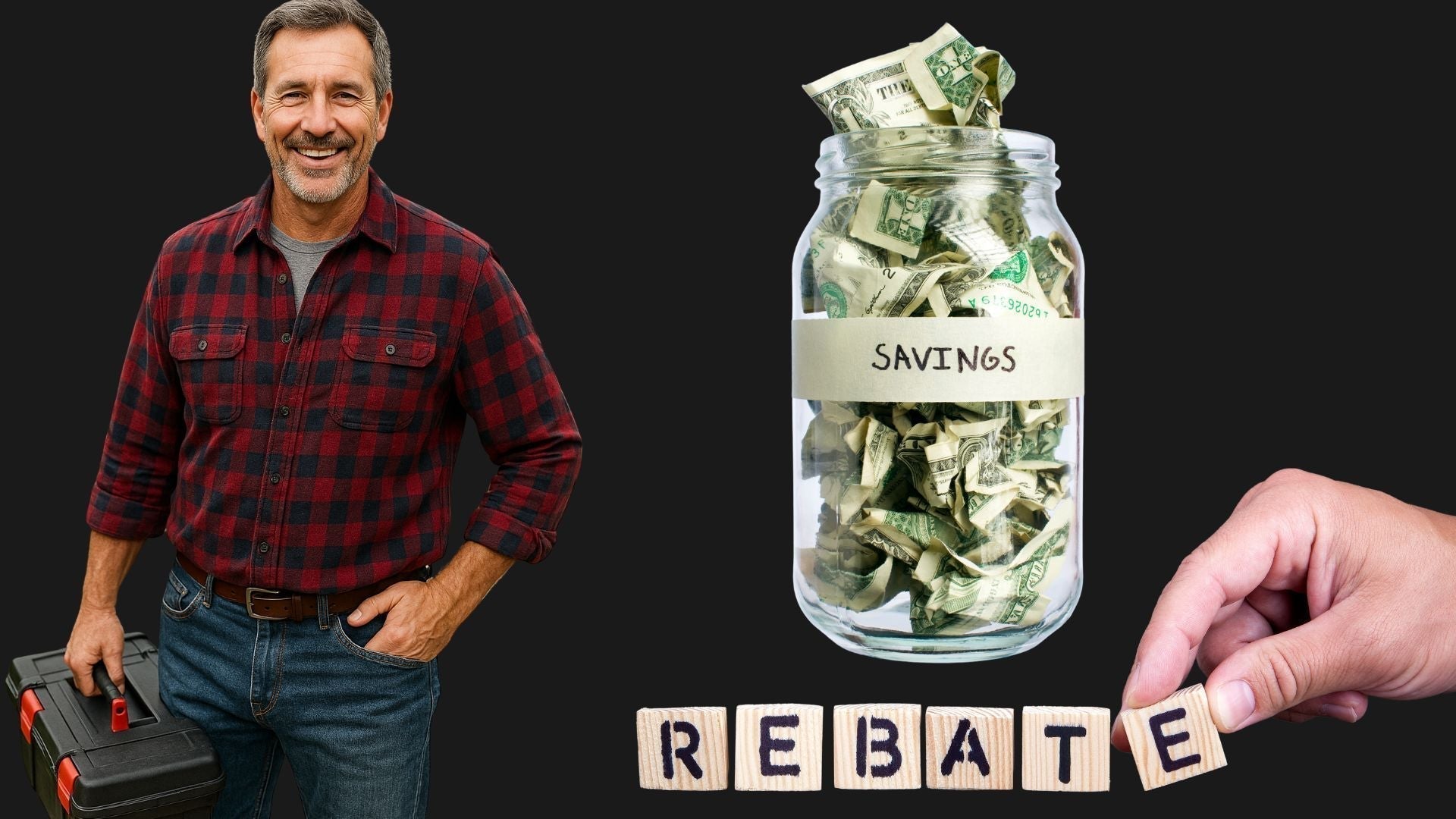Why You Should Care About Rebates (Even If You Hate Paperwork)
If you’re like me, you probably roll your eyes when someone says “rebate.” It sounds like one of those things you apply for and never hear back from. But let me tell you—when it comes to R-32 HVAC systems, the rebates can be real and surprisingly generous.
We're talking about potentially hundreds of dollars in upfront savings from your utility provider, state energy office, or even manufacturers. That means more money to put toward installation, better insulation, or heck, that new drill you’ve been eyeing.
Who’s Offering Rebates for R-32 Systems?
Many local and state agencies are starting to wake up to the benefits of low-GWP (Global Warming Potential) refrigerants like R-32. They know these systems reduce greenhouse gas emissions, and they’re willing to put money behind that.
Here’s where to start:
-
DSIRE - Database of State Incentives for Renewables & Efficiency – Just punch in your zip code.
-
ENERGY STAR Rebate Finder – Updated frequently with appliance-specific offers.
-
Your local utility company’s website – Search “HVAC rebate” + your provider name.
Make sure you’re looking for rebates that specifically mention R-32, SEER2-rated equipment, or high-efficiency HVAC installs.
How to Claim These Rebates Without Losing Your Mind
Some of these rebate forms look like they were designed in 1997—but don’t let that scare you off. Here’s how I handle it:
-
Before the install, download all necessary forms. Make copies.
-
Take photos of the new unit’s model number, serial number, and EnergyGuide label.
-
Keep your contractor’s invoice and make sure it lists model numbers and install date.
-
Submit everything digitally if possible—mailing stuff always delays things.
Bonus tip: some contractors will even file the rebate for you. Ask upfront.
Federal Tax Credits Can Stack On Top
There’s also the 25C Federal Tax Credit that gives you up to $2,000 off qualifying heat pump systems and air conditioners. Yes, R-32 models count—as long as they meet SEER2 and EER2 minimums.
Combine that with state/local rebates and you could be looking at $500–$3,000 in total incentives.
Why R-32 Is the Smart Long Game
Aside from the rebate boost, R-32 just makes sense. It’s more efficient than R-410A, easier to recycle, and usually comes in more compact, affordable units. Plus, you’re ahead of the curve for the big refrigerant phase-outs coming down the road.
Final Word From Mike
I used to think rebates were a joke. But after replacing my old R-22 system with a new R-32 setup and getting $1,150 back between the utility and federal credit—I changed my tune.
If you’re already shopping for a new AC or furnace, don’t leave money on the table. Check your rebates first, budget smart, and get more bang for your buck.
Got questions? I’m not a contractor, but I’ve filled out enough of these forms to know what’s what. Hit up your local rebate center—or shoot me a message through the blog. Let’s save you some cash.
Read My Next article is on: R-32 vs R-410A: Why One Refrigerant Is Winning Over Homeowners (And the Other’s Getting Left Behind)







